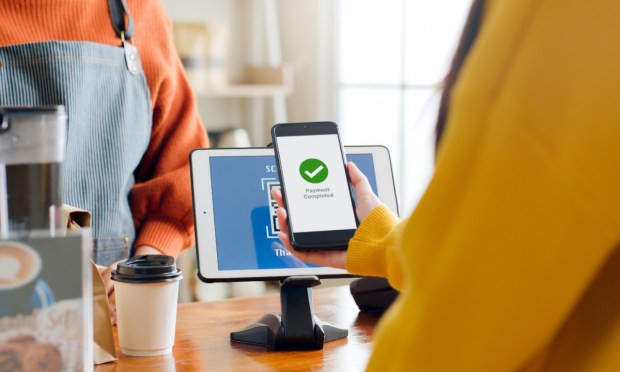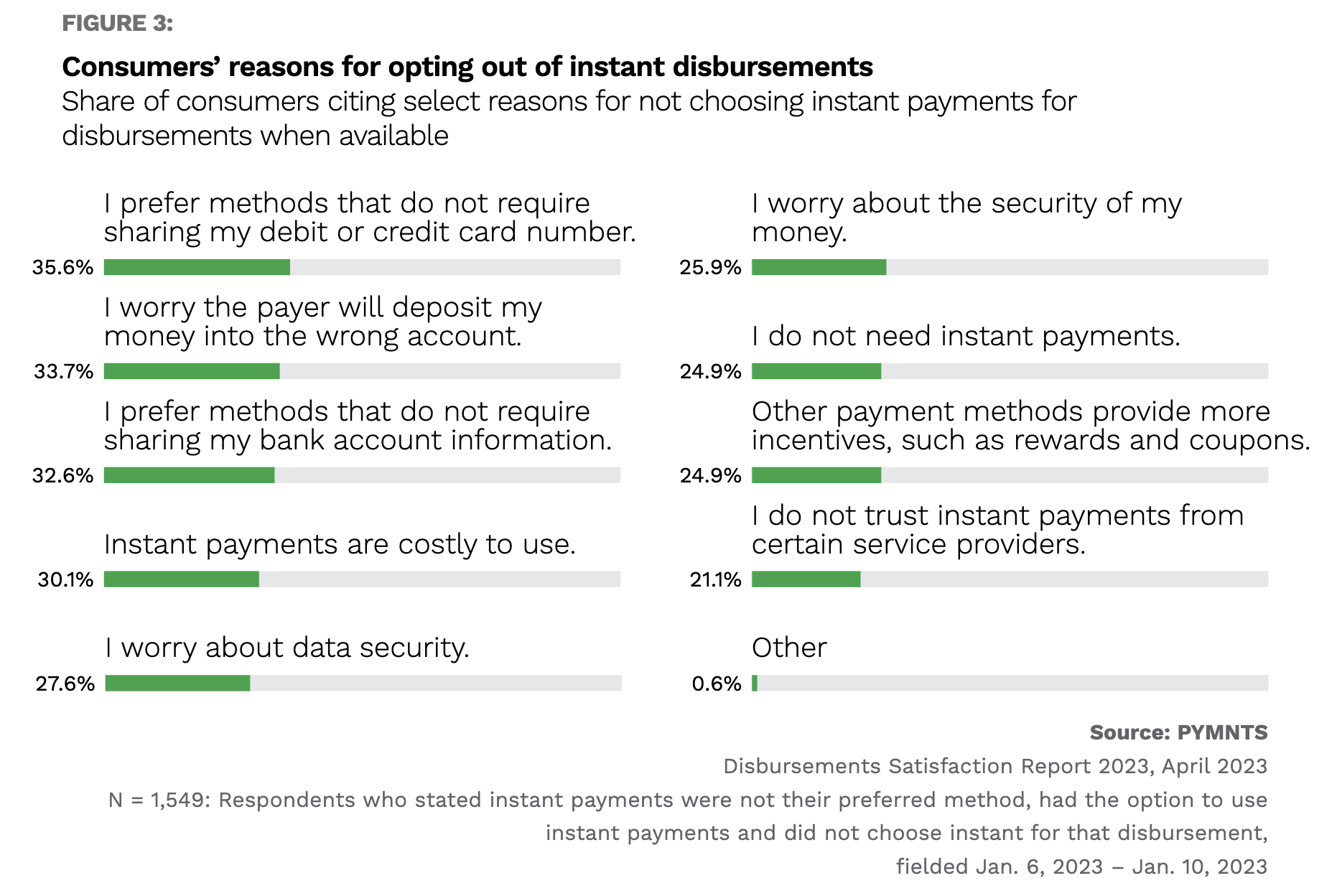30% of Consumers Swap Instant for Slower Payments to Avoid Fees

Buoyed by growing consumer preference for faster payments, instant disbursements have gained popularity in recent years. The recent launch of the FedNow instant payments system has further underscoring that demand.
In the “Disbursements Satisfaction Report 2023: Instant Payouts Reach an Inflection Point” report, PYMNTS provides an overview of the disbursements landscape in the United States by exploring the number and types of disbursements nearly 2,300 U.S. consumers received in the past year, as well as how those instant payments were received.
The report, which is in its sixth year of publication, reveals that despite consumers’ growing interest in instant disbursements, many issuers have yet to extend instant alternatives to their clientele, resulting in the stagnation of instant payment adoption albeit some progress made occurred across categories.
Apart from instant payment supply not meeting demand, findings from the joint PYMNTS-Ingo Money research shows that the lack of interest among consumers who could use instant payments but choose not to is also impeding real-time payout adoption.
Per the report findings, the primary reason consumers choose to opt out of instant disbursements is a lack of trust in the security of their financial data, which results in their reluctance to divulge card and bank details that facilitate real-time disbursements.
Drilling down into the data showed three main concerns backing this decision.

Among individuals with access to instant disbursements who refrained from utilizing them, 36% cited a reluctance in sharing their debit or credit card information, while 33% attributed their decision to a preference for methods that do not require sharing bank account details.
Another 34% of consumers harbor concerns that the payer might mistakenly deposit funds into the wrong account, while 26% and 21% of consumers, respectively, worry about the security of their funds or do not trust instant payments provided by certain service providers.
Security-related reservations are not the only reasons consumers are put off by instant payments. Having to pay a fee is why about 30% of consumers shun instant disbursements, to the extent that a significant share of instant-friendly consumers ultimately choose alternative methods to save money.

